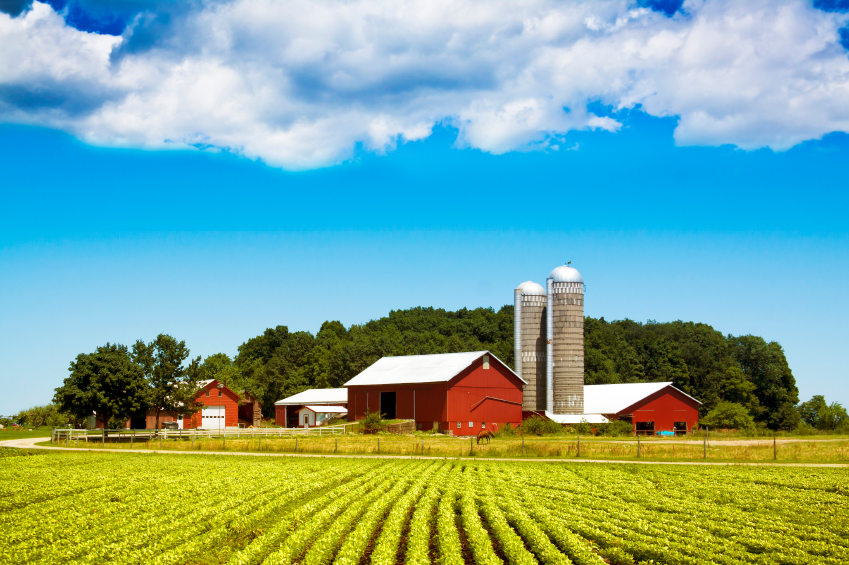How to Put Vertical Tillage to Work on Your Farm
 How to Put Vertical Tillage to Work on Your Farm
How to Put Vertical Tillage to Work on Your Farm
Farming innovation is all about increasing productivity and making the farmers’ workday a bit smoother. This is how the concept of vertical tillage was formed. Basically, vertical tillage allows the farmer to start a field’s drying out phase earlier. It can also provide more residue on the soil while creating a smoother seedbed. Farmers who have used vertical tillage appreciate the ability to run fast and pull shallow. This process is changing the way many crops are being grown and how fields are being cleared. The key is to find the right tool for your fields.
The average vertical tillage tool is designed with straight blades that cut residue at a rate of up to 9 mph. When the tool is set to run 2 inches deep, you’ll be breaking down enough crop residue in the fall, to set the course for drying out the soil when the weather becomes warmer. Because of the speed of the vertical tillage tool, many farmers are able to work through a field faster than they did before.
These tools have been shown to work exceptionally well in cornfields where the residue breakdown of the fall season crop is so important. In the spring, farmers have found an additional benefit from running their vertical tillage tool before the planter; it causes the crop residue to get fluffed up and brings the rich soil to the top layer. The result is an improved seed-to-soil configuration. Soybean farmers have discovered that running the vertical tillage tool in the spring really warms up the soil and this has allowed these crops to grow quickly.
Agronomists who have studied the benefits of vertical tillage have discovered that the overall health and structure of the soil has improved greatly in the fields where this method is deployed. This is due to the fact that the vertical tillage tools on the market today, avoid the concave angle of the traditional tilling blades. Because it doesn’t shift the soil from side to side, vertical tillage helps the farmer avoid the horizontal pans that many growers are trying to avoid. The typical method of tilling is to run a ripper in the fall and a cultivator in the spring. The result was that the cultivator was digging into 3 inches of soil that ended up compacting the area. Vertical tillage sidesteps the compaction issue.
A brand new vertical tillage tool can run as high as $50,000 for a standalone unit. However, there are many ways that pieces of equipment like the Landoll Tilloll can be retrofitted with rolling coulters. The total cost is closer to $8,000.
Is vertical tillage right for your farm? That might come down to the matter of your yield-limiting issues. Farmers who are constricted by the wrong hybrid, phosphorus or potassium levels might find that vertical tillage isn’t the solution. Instead, it is recommended that you first analyze your roots to determine what could be holding back your yield.
Making an informed decision about switching over to vertical tillage will offer the most rewards for your harvest.

